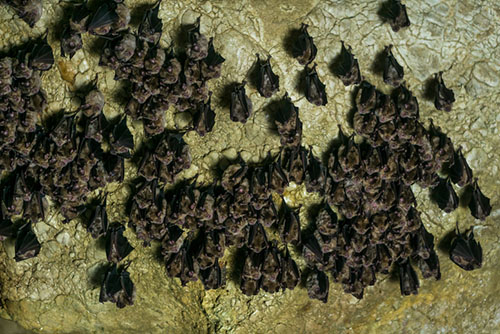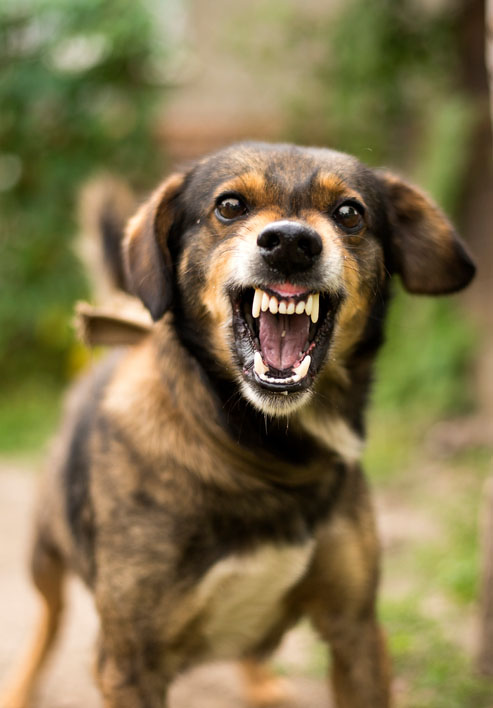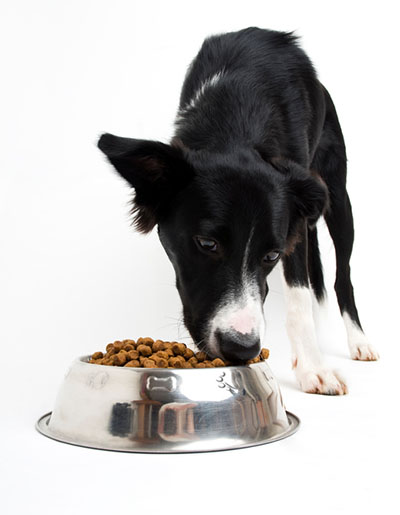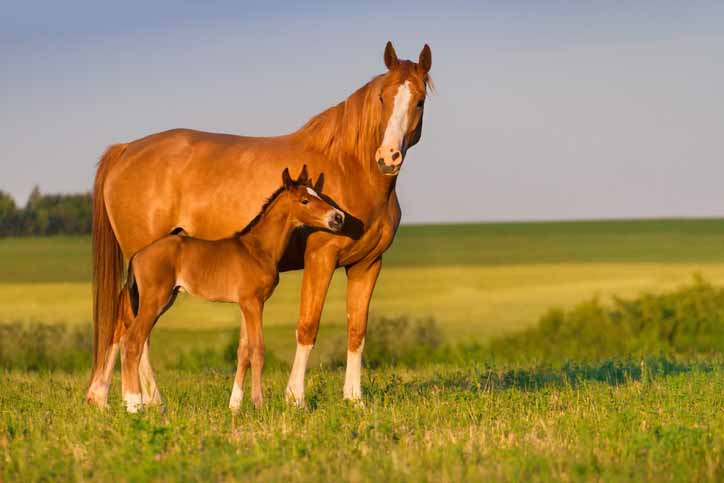Overview of Lameness in Goats
- Lameness in Goats
- Overview of Lameness in Goats
- Caprine Arthritis and Encephalitis
- Contracted Tendons in Goat Kids
- Copper Deficiency in Goats
- Epiphysitis in Goats
- Footrot and Foot Scald in Goats
- Joint-ill in Goats
- Laminitis in Goats
- Mycoplasmosis in Goats
- Trauma in Goats
- White Muscle Disease in Goats
Abnormality of gait is a sign common to many diseases and conditions. A complete history is important for diagnosis and should include incidence and duration in the herd, nutrition, feed changes, method of rearing, and recent introductions to the herd. (Also see Health-Management Interaction: Goats.)
Some causes of lameness may be associated with systemic disease. Therefore, a thorough physical examination should always be performed, followed by a detailed examination of all four limbs, with a specific assessment of gait and mobility in an attempt to localize locomotor problems. In goats, as in other species, locomotor difficulties usually involve the musculoskeletal system directly, but conditions of the nervous system can mimic musculoskeletal disease and should be considered during the clinical examination.
The hoof of the affected leg(s) should be examined, and excess horn material removed to leave a level, weight-bearing surface. If the feet have not been trimmed recently, or the goats have been on soft ground or bedding, excess horn commonly overgrows from the walls, toes, and heels, and folds over the sole. With severe neglect, “sled-runner” or “Turkish slipper”−type hooves with elongated toes may cause the goat to walk on its heels. The following should be noted during foot trimming: any portion of the horn that is abnormally thickened, any underrunning of the heel or sole, any abnormal wear of one claw, or any abnormal or necrotic smell.
After trimming, the feet should be scrubbed clean and inspected for puncture wounds, foreign bodies such as stones or clover burrs caught in the interdigital space, or pus from a discharging abscess. Inspection should include the coronary band or coronet.
The rest of the leg should be palpated carefully, including the bones, tendons, and muscles. Any muscle atrophy or restriction of movement should be noted, and contralateral limb structures should be compared for signs of asymmetry. The joints also should be checked for heat, swelling, or pain.
If the clinical examination suggests joint involvement, it may be necessary to aseptically sample fluid from an affected joint for visual examination, cytology, Gram stain, and culture and sensitivity tests. Joint fluid containing pus alone, or with Gram-stained bacteria, indicates joint-ill; fibrin and pus combined suggest Mycoplasma spp; clear or cloudy joint fluid with many mononuclear cells suggests caprine arthritis-encephalitis virus (CAE, see Caprine Arthritis and Encephalitis).
A blood or serum sample may also be useful to establish the underlying cause of lameness. In joint-ill, the WBC count is high due to neutrophilia. Blood calcium, phosphorus, and vitamin D levels may help diagnose epiphysitis or rickets, although blood levels often return to normal before the affected goat is examined. If CAE is suspected, the presence of antibody can be checked; however, false negatives may be seen during severe stress, and positive tests may be coincidental to another cause of lameness if seroprevalence of the CAE virus is high in the herd of origin.
Radiography may be helpful. In epiphysitis, the growth plates should be checked; there is also lateral deviation of the radii and occasionally thinness of the bone. In CAE virus infection, the initial swelling of the soft tissue surrounding the affected joint may be followed by calcium deposits in the swollen periarticular tissue, joint capsule, ligaments, tendons, and tendon sheaths. Later changes may include mild periarticular osteophyte production, “joint mice,” and rough extensions of the periarticular bone proximally and distally.
Some of the more important conditions that cause lameness in goats are discussed below, listed in alphabetical order. The differential diagnosis in any case of lameness is influenced by geographic location, herd history, management practices, and other relevant factors.
- Lameness in Goats
- Overview of Lameness in Goats
- Caprine Arthritis and Encephalitis
- Contracted Tendons in Goat Kids
- Copper Deficiency in Goats
- Epiphysitis in Goats
- Footrot and Foot Scald in Goats
- Joint-ill in Goats
- Laminitis in Goats
- Mycoplasmosis in Goats
- Trauma in Goats
- White Muscle Disease in Goats





